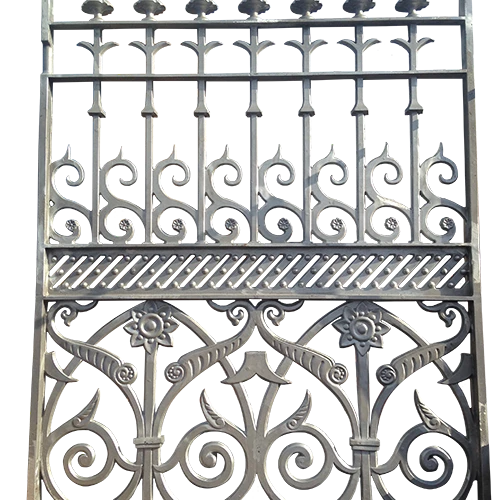Mobile:+86-311-808-126-83
Email:info@ydcastings.com
valve body castings
Understanding Valve Body Castings A Critical Component in Automotive and Industrial Applications
In the world of manufacturing and engineering, precision and durability are paramount. One of the essential components that often goes unnoticed is the valve body casting. These castings play a crucial role in various applications, particularly in the automotive and industrial sectors, where they communicate critical information and control processes. Let’s delve into the significance, manufacturing processes, and applications of valve body castings.
What is a Valve Body Casting?
A valve body casting refers to the component that houses the internal mechanisms of a valve. It is typically made from metals, such as aluminum or iron, and is produced through the casting process, wherein liquid metal is poured into a mold to achieve the desired shape. These castings serve as the backbone for hydraulic and pneumatic systems, providing a robust and reliable enclosure for various valve parts.
The Importance of Valve Body Castings
Valve body castings are integral in managing the flow of fluid and gases in a variety of systems. In automotive transmissions, for example, the valve body directs transmission fluid to different channels, controlling the engagement and disengagement of gear sets. This action is crucial for maintaining vehicle performance, fuel efficiency, and overall safety.
Moreover, in industrial applications, valve bodies are equally important. They are employed in systems that manage the flow of air, water, oil, and other media. Proper functioning of these systems is vital to various industries, including manufacturing, chemical processing, and energy production.
Manufacturing Process of Valve Body Castings
The manufacturing of valve body castings involves several key steps.
1. Design and Prototyping The process begins with meticulous design work. Computer-aided design (CAD) software is often employed to create precise models of the valve body. Engineers consider factors such as load, flow characteristics, and thermal expansion in the design phase.
valve body castings

2. Pattern Making Once the design is finalized, a pattern is created, typically from wood, plastic, or metal. This pattern serves as a blueprint for the mold and is crucial for achieving the desired shape and dimensions.
3. Molding The next step involves creating a mold using sand casting, investment casting, or other techniques. This mold must accurately capture the intricate details of the valve body to minimize defects during casting.
4. Casting After the mold is prepared, molten metal is poured into it. Once the metal cools and solidifies, the mold is removed to reveal the cast valve body.
5. Machining and Finishing The final product undergoes machining to refine its dimensions and improve surface quality. This may involve drilling, milling, or sanding to achieve precision tolerances.
6. Quality Control Ensuring that the valve body casting meets the required standards is essential. Quality control tests, such as X-ray inspections and pressure tests, are performed to verify the integrity and performance of the casting.
Applications of Valve Body Castings
Valve body castings are utilized across various domains. In the automotive sector, they are found in automatic and manual transmission systems. Each transmission requires a specific valve body design to facilitate different driving conditions, making the casting process critical to vehicle performance.
In industrial settings, valve body castings are common in manufacturing processes, where they help control fluid dynamics. They can be found in valves for water treatment plants, chemical processing facilities, and HVAC systems, showcasing their versatility.
Conclusion
In summary, valve body castings are indispensable components that significantly impact automotive and industrial systems. Their critical roles in fluid and gas management cannot be overstated, as they ensure optimal performance and efficiency. Understanding the intricacies involved in their production—from design and prototyping to casting and finishing—highlights the level of precision and expertise required in their manufacturing. As industries continue to evolve, the demand for reliable valve body castings will remain paramount, further solidifying their position as a cornerstone of modern engineering solutions.
-
Why Should You Invest in Superior Pump Castings for Your Equipment?NewsJun.09,2025
-
Unlock Performance Potential with Stainless Impellers and Aluminum End CapsNewsJun.09,2025
-
Revolutionize Your Machinery with Superior Cast Iron and Aluminum ComponentsNewsJun.09,2025
-
Revolutionize Fluid Dynamics with Premium Pump ComponentsNewsJun.09,2025
-
Optimizing Industrial Systems with Essential Valve ComponentsNewsJun.09,2025
-
Elevate Grid Efficiency with High-Precision Power CastingsNewsJun.09,2025











